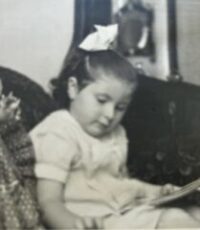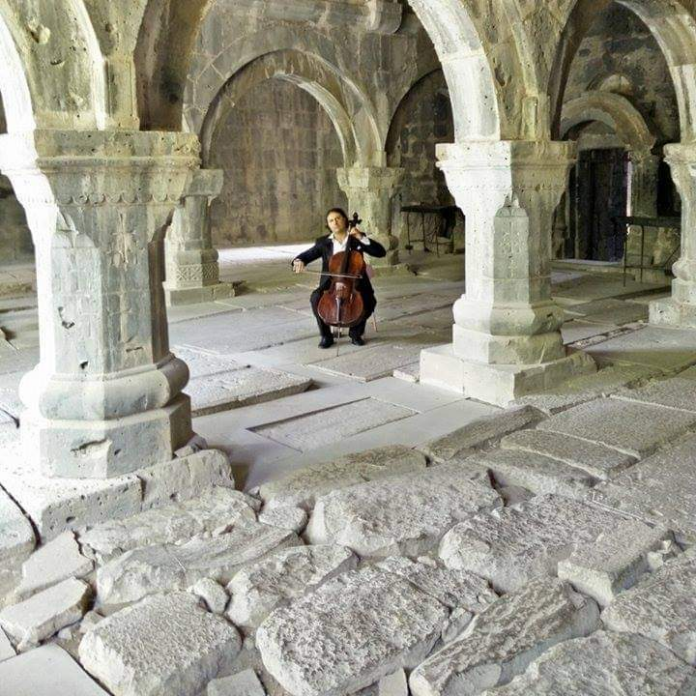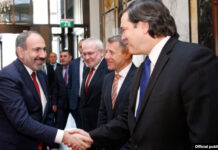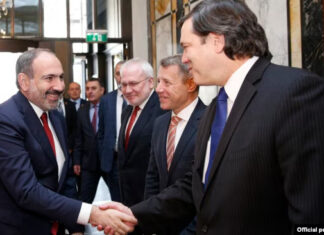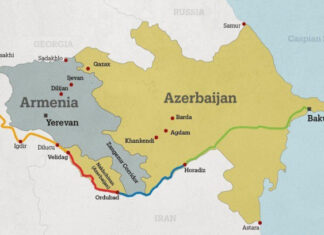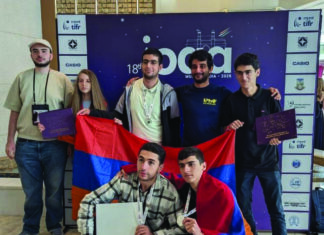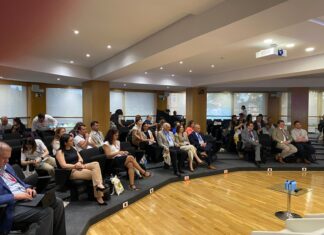YEREVAN/LOS ANGELES — Cellist Sergey Kosemyan, a native of Yerevan, was born into the family of Honored Artist of Armenia, famous violist, member of the Komitas State String Quartet Alexander Kosemyan and violinist Karine Rostombekyan.
Studying in Yerevan and then in Paris, Sergey has received awards and titles at prestigious international competitions. His repertoire includes Western European, Armenian and Russian classics, as well as contemporary pieces.
In 2014, he founded the Art Trio in Torreon (Mexico), in 2017, the Kosemyan Ensemble in Saltillo (Mexico) and in 2023, a piano duo and piano trio with the participation of recognized musicians, members of the Grammy Recording Academy Mikael Ayrapetyan and Philip Vaiman. He took master classes from such world-class musicians as Mstislav Rostropovich, Tibor Varga and Philippe Muller, among others.
Sergey, you were the first cellist to record Bach suites in various outdoor spaces in America, from the Grand Canyon (Arizona) to Sequoia National Park (California). It was supposed to be both a pleasant and difficult experience.
Yes, indeed, this is a very special musical project for me. You see, there is something in common in music and nature — it is a harmonious relationship. Beauty that is accessible to everyone. Working on this project, I want to reveal something new every time in this synthesis of forms, sounds, colors and give it to people. It seems to me that this project can encourage people to attend classical music concerts and strive for art in general.
For a quarter of a century, musicians have been sounding the alarm about the fact that the demand for cello is very low, not only in Armenia, but all over the world. Is that true?
